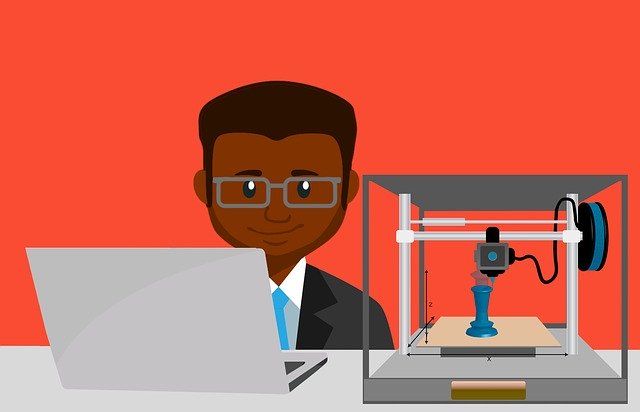From the outside, it might seem like 3D printing is just a single manufacturing solution which offers one way of doing things. However, it is actually a surprisingly diverse market with a number of different products and approaches encompassed within it.

To show just how varied it can be, here is a look at the main types of 3D printers that should be on your radar.
Table of Contents
Stereolithography
Developed during the 1980s as the first ever 3D printer tech, stereolithography is still in use in the 21st century and takes a novel approach to creating three dimensional objects.
Lasers are used to cure specific layers within a vat of resin, and while this process may be a little more sluggish than newer innovations, it remains an effective option in some contexts.
Digital light processing
DLP follows in the footsteps of stereolithography, but ups the ante by generating entire layers in a single flash from a digital projector within the resin medium.
This boosts the speed and means that it is even easier to manufacture in 3D, even if you are used to using CNC prototyping to knock up products that are still in development. The rapidity with which modern 3D printing services and CNC machining services can operate allows for a quick turnaround, even if you outsource.
Fused deposition modeling
This is likely the type of 3D printing with which you are already familiar, as it has become a popular option for consumer-focused hardware thanks to its affordability.
FDM sees a plastic filament heated and extruded by a printer, with the material being positioned in layers while in its molten state and then allowed to cool and harden to create a solid structure.
Selective laser sintering
An increasingly accessible form of 3D printing, SLS combines the power of lasers with a powdered polymer that is sintered selectively layer by layer as the passage of the beam interacts with its molecules along predefined coordinates.
Because not all of the powder is sintered with each pass, this provides the support that more intricate, complex structures need to stay in place until the process has completed, giving it the edge over FDM in this respect.
Material jetting
If you have ever used an inkjet printer then you will be right at home with the way the MJ-based 3D printing operates.
Droplets of a UV-reactive polymer are deposited in jets by the printer head, then cured by the application of ultraviolet light to set them in place. Unlike inkjet printers, the printing bed itself is able to be lowered so that additional layers can be created with each pass.
Sand & metal binder jetting
Objects made of either sand or metal can be created using a process known as binder jetting, where powdered material is bonded together through the application of a polymer that can be targeted incredibly precisely.
Curing can take time, but the results are impressive and it is often used in combination with other approaches, such as SLS.
Now you are up to speed with the main types of 3D printing tech, it is the perfect time to get out there and experiment with them for yourself to overcome common manufacturing challenges.

